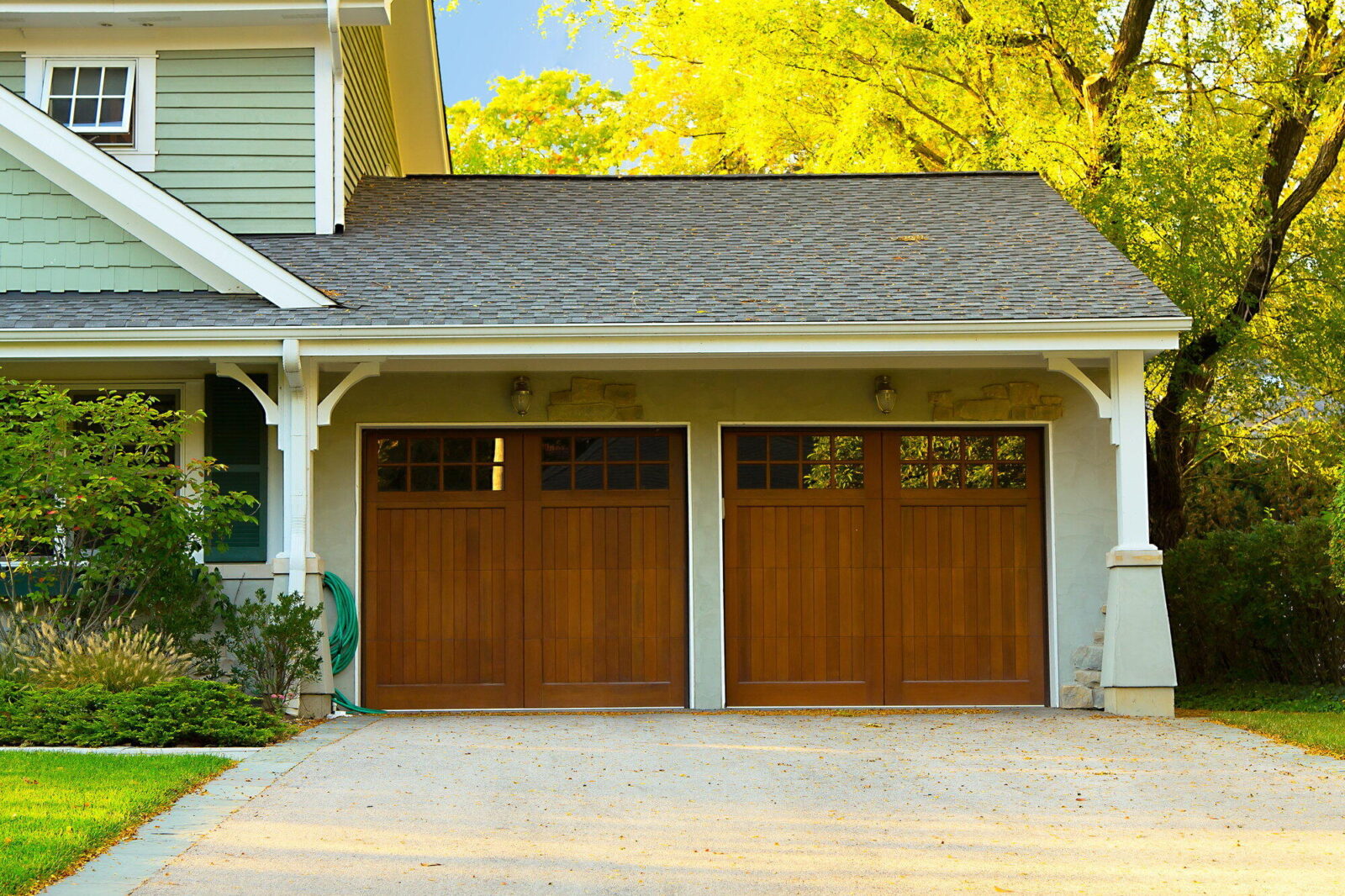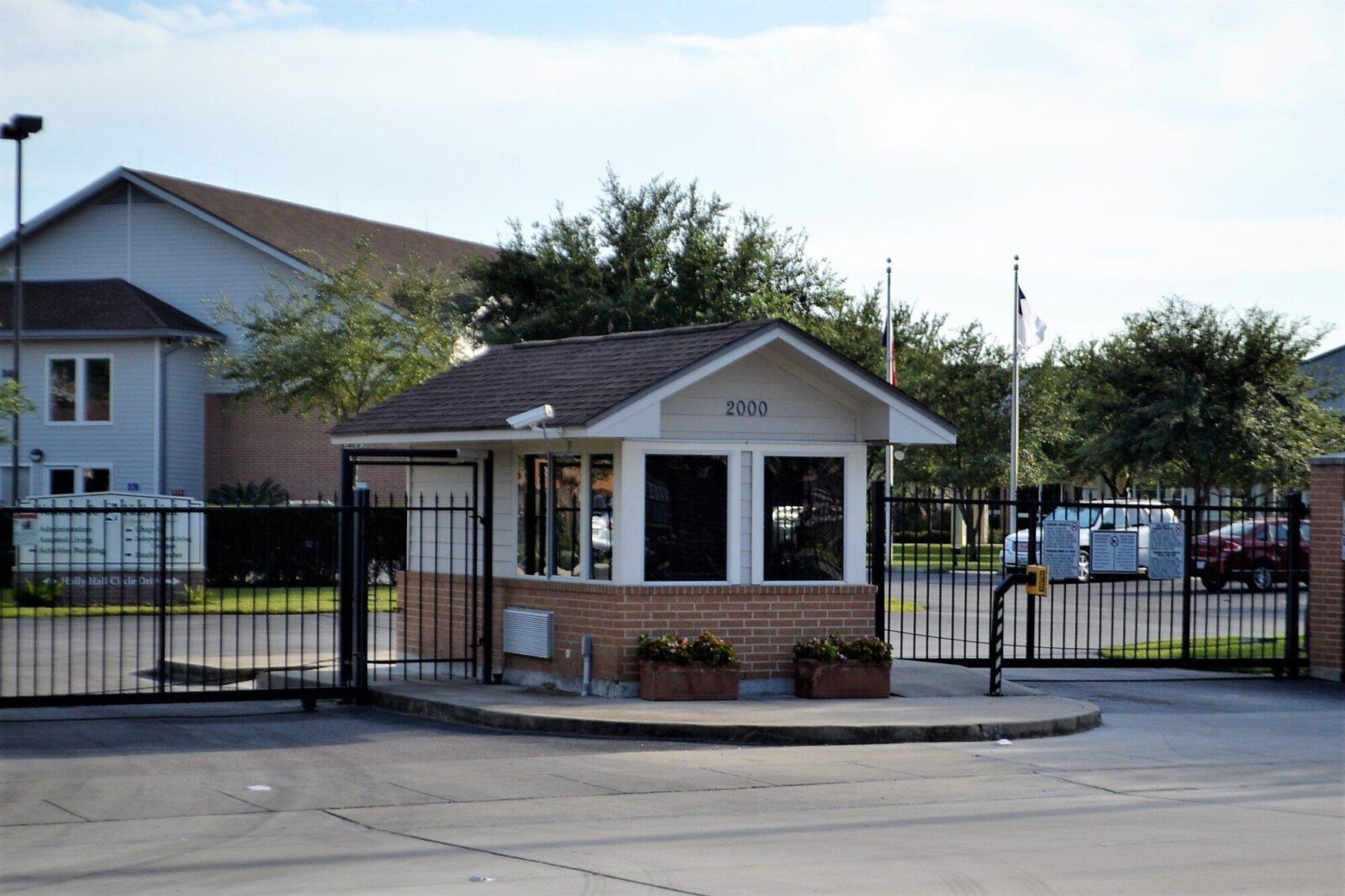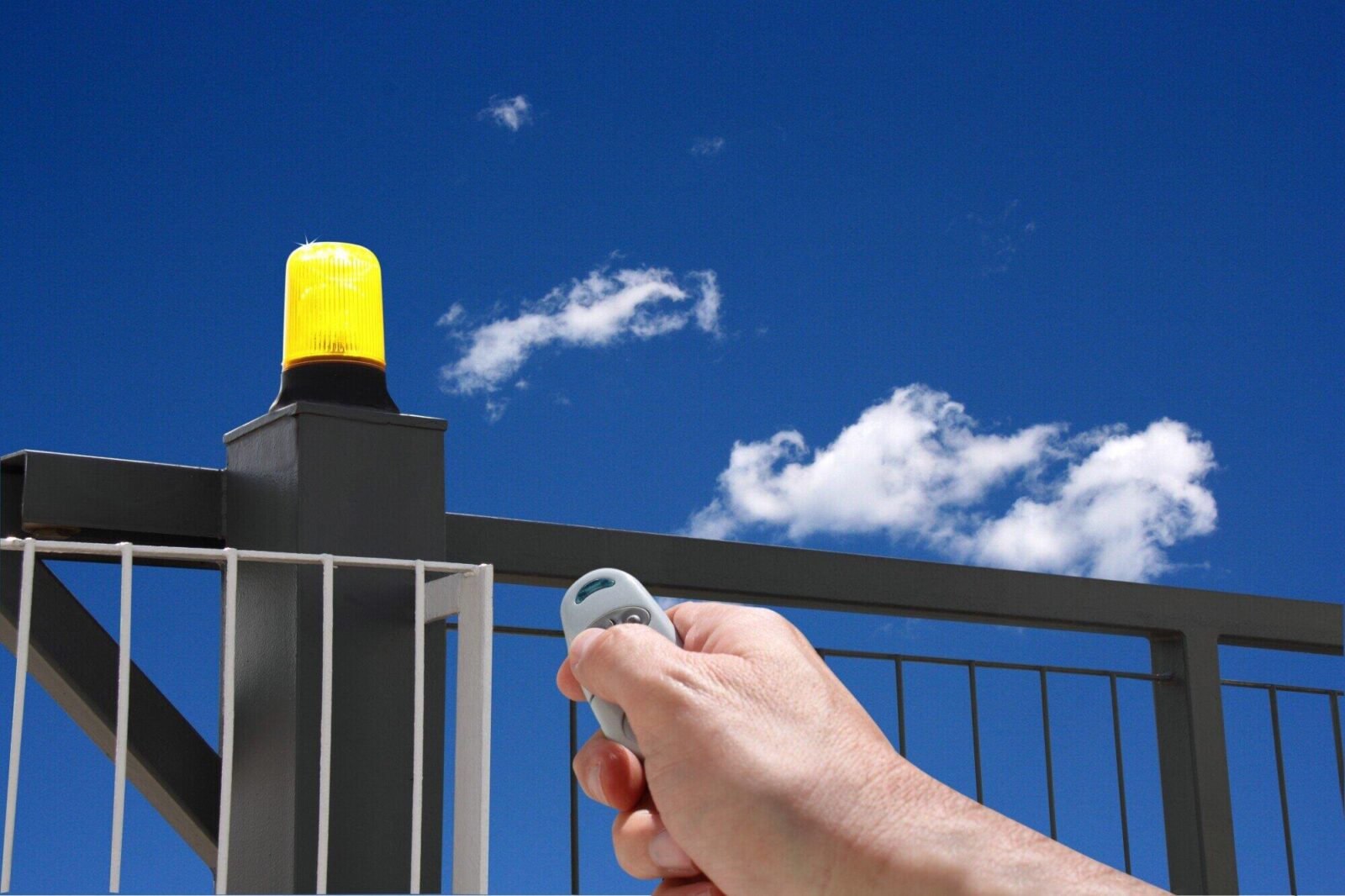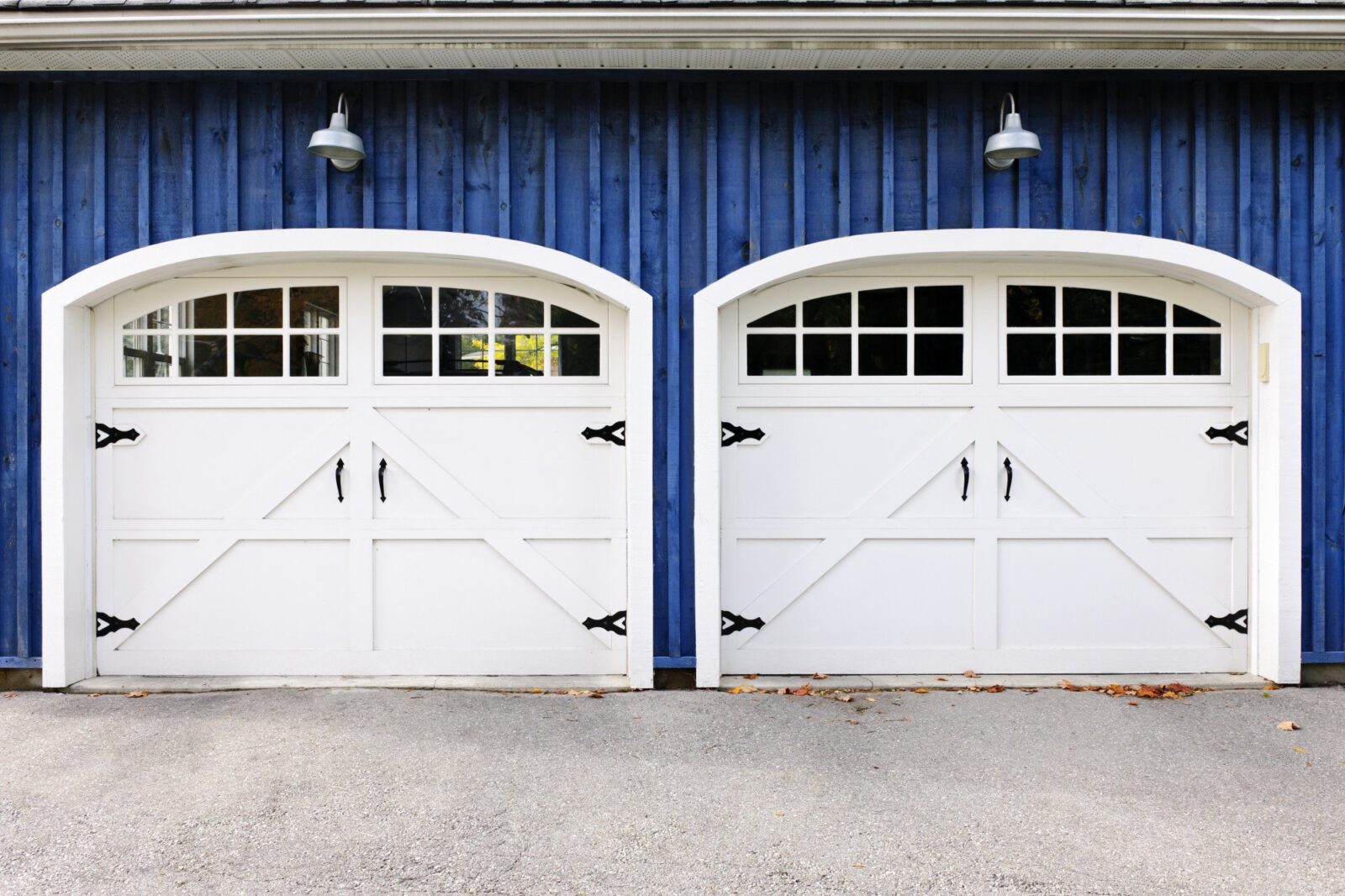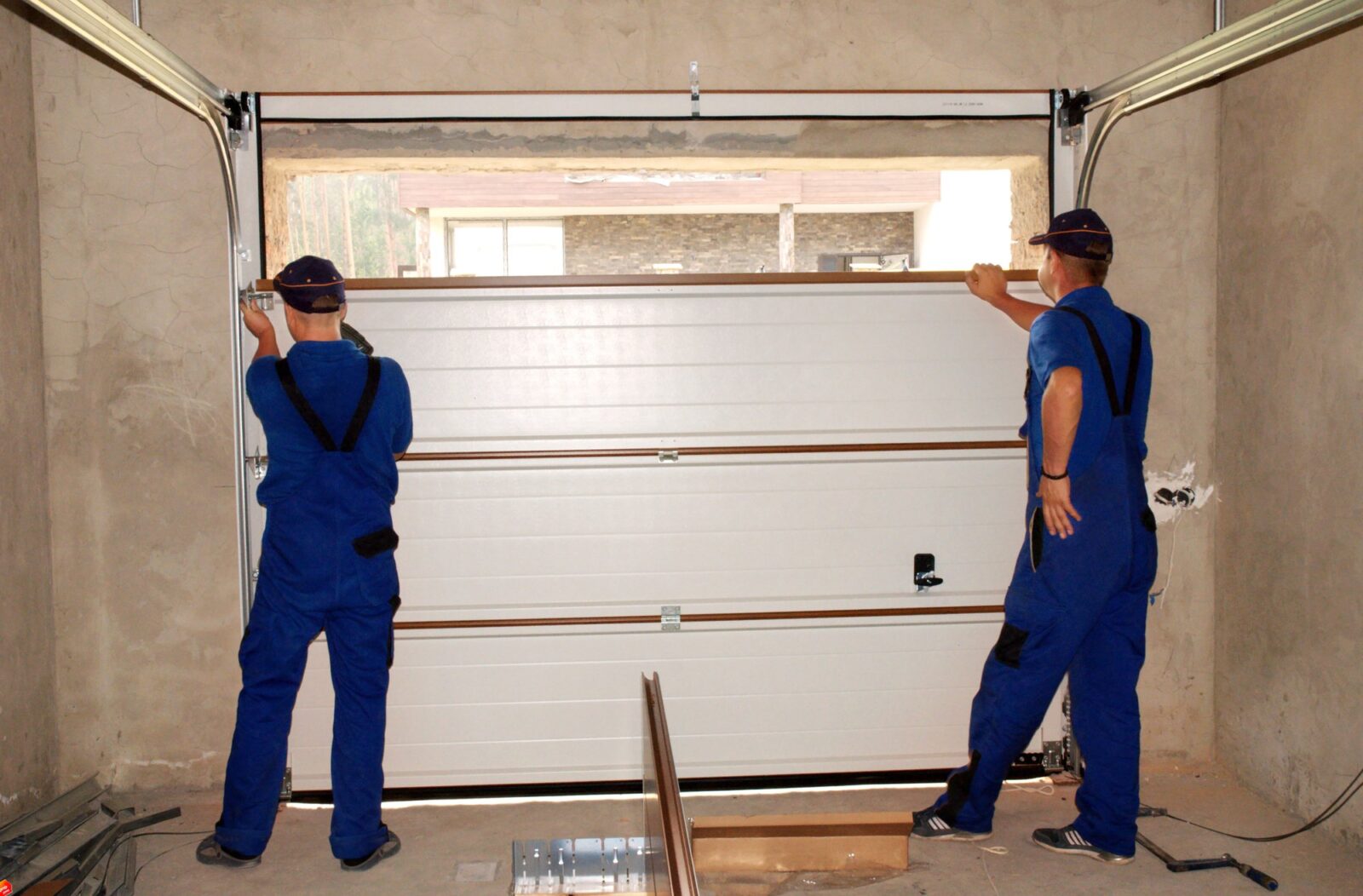A well-sealed garage door is essential for keeping your garage functional and insulated. Whether it’s about keeping out the cold, preventing pests from entering, or simply ensuring your garage door operates smoothly, the right seal makes all the difference. There are several garage door seal types, each serving a unique purpose. From bottom seals that keep debris out to brush seals that block dirt and pests, choosing the right one is crucial.
In this article, we’ll explore seven common garage door seal types and provide practical tips on how to repair them. Whether you’re dealing with wear and tear or just looking to improve your garage’s insulation, we’ve got you covered.
Read on to discover the best seal for your garage and learn how to keep it in top shape with our handy repair tips.
1. Bottom Seals
Bottom seals are the first line of defense for your garage door. They play a crucial role in keeping out water, dirt, and pests, ensuring that your garage remains clean and dry. Installed at the bottom edge of the garage door, these seals compress against the ground when the door is closed, creating a tight barrier.
Bottom seals come in various materials and shapes. The most common shapes are the T-type and U-type seals. T-type seals slide into a track at the bottom of the door, forming a snug fit. U-type seals, on the other hand, have a U-shaped design that fits into a groove or retainer.
Made from durable materials like rubber or vinyl, bottom seals also act as effective garage weatherstripping, enhancing insulation and reducing energy costs. Regular inspection and replacement of worn-out bottom seals can significantly improve your garage’s protection against the elements.
2. Threshold Seals
Threshold seals are fixed to the garage floor, creating a barrier against water, dust, and debris. They enhance garage insulation by sealing the gap between the door and the floor, helping maintain a stable temperature inside the garage.
Installing threshold seals is easy: clean the floor area, apply adhesive, and press the seal firmly in place. Allow it to set before closing the door for a proper fit. These seals are ideal for areas with heavy rainfall or where extra insulation is needed, ensuring your garage stays clean and insulated.
3. Brush Seals
Brush seals are highly effective at keeping dirt and pests out of your garage. Made of dense bristles, they create a flexible barrier that sweeps away debris as the door closes, making them perfect for maintaining a clean garage.
Installation is straightforward: attach the brush seal to the sides and top of the garage door using screws or adhesive strips. They are typically made from durable nylon or polypropylene bristles, ensuring long-lasting performance.
For optimal garage door maintenance, regularly check the bristles for wear and replace them as needed to maintain their effectiveness.
4. Vinyl Door Stops
Vinyl door stops are installed along the sides and top of the garage door frame, creating a tight seal when the door is closed. They work by pressing against the door, preventing drafts, dust, and moisture from entering.
These stops are ideal for older garage doors with gaps and help improve energy efficiency. Typical usage scenarios include homes in windy or rainy climates where extra protection is needed.
For effective seal replacement tips, regularly inspect the vinyl for cracks or wear and replace it promptly to maintain a secure and insulated garage.
5. Rubber Bulb Seals
Rubber bulb seals are flexible and designed to compress when the garage door closes, creating a tight seal. Their rounded shape and durable rubber material make them effective at blocking out water, dirt, and pests.
For installation, slide the bulb seal into the retainer track at the bottom of the door. Ensure it fits snugly for optimal performance. Regularly check for cracks or wear and replace as needed.
For DIY garage repair tips, keep spare seals on hand and periodically inspect the seal’s condition to ensure your garage remains well-protected and insulated.
6. Side and Top Seals
Side and top seals are crucial for ensuring complete insulation of your garage. These seals are installed along the vertical sides and the top edge of the garage door frame, filling gaps that can let in drafts, dust, and pests. By creating a continuous barrier, they significantly enhance the overall efficiency of your garage weatherstripping.
Common materials for side and top seals include rubber, vinyl, and brush. Rubber and vinyl seals are durable and provide a tight fit, effectively blocking out the elements. Brush seals, with their flexible bristles, are particularly good at sweeping away dirt and small debris while keeping out insects.
Installing side and top seals involves attaching them to the door frame with screws or adhesive. Regular maintenance is essential; check for signs of wear and replace seals as needed to maintain their effectiveness. Properly installed and maintained, these seals ensure your garage remains insulated, clean, and energy-efficient.
7. Foam Tapes
Foam tapes are versatile and effective for sealing gaps around your garage door. Made from compressible foam, they provide excellent insulation and prevent drafts, dust, and noise from entering the garage.
To install, clean the surface area, cut the foam tape to the desired length, and press it firmly into place along the sides and top of the door frame. Ensure even application for a tight seal.
Foam tapes are durable but may need replacement over time due to compression and wear. Regular checks ensure they continue to provide optimal garage insulation.
Choosing the Right Garage Door Seal Types
Selecting the right garage door seal types is essential for keeping your garage insulated and protected from the elements. Regular maintenance ensures the longevity of these seals, preventing costly repairs. Use the tips provided for effective DIY repairs and replacements.
For comprehensive garage door solutions, rely on R&S Overhead Door Company. Our 24/7 emergency service and over 60 years of experience make us the trusted choice for all your garage door needs.
Contact us for professional and reliable service to keep your garage in top shape.




